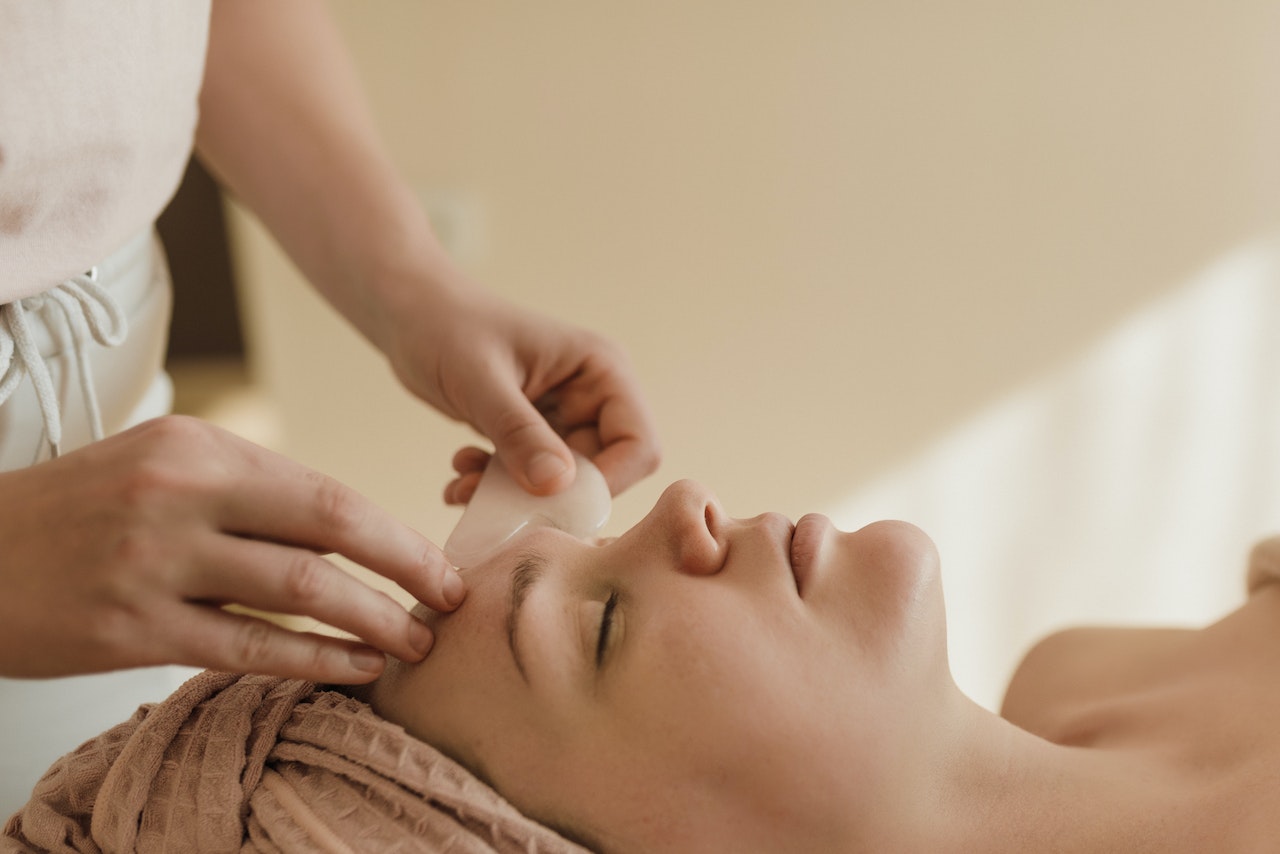Massage therapy has been practiced for thousands of years as a form of relaxation and healing. Among the various massage techniques available today, neuromuscular massage stands out as a highly effective approach for addressing muscular pain and dysfunction. Whether you’re a massage enthusiast or someone seeking relief from chronic pain, this comprehensive guide will provide you with everything you need to know about neuromuscular massage.
What Is Neuromuscular Massage?
Neuromuscular massage, also known as trigger point therapy or myotherapy, is a specialized form of massage therapy that focuses on treating specific points of tension and pain within the muscles. The technique aims to address neuromuscular imbalances, alleviate pain, and restore proper muscle function by applying targeted pressure to trigger points—small, hyper-irritable spots within the muscle tissue.
How Does Neuromuscular Massage Work?
Neuromuscular massage works by manipulating the soft tissues of the body to release muscle tension and relieve pain. It combines principles from traditional massage, anatomy, and physiology to identify and address the root causes of muscular discomfort. Through a combination of deep tissue massage, pressure point release, and stretching techniques, neuromuscular massage therapists aim to rebalance the neuromuscular system and promote overall well-being.
Benefits Of Neuromuscular Massage
Neuromuscular massage offers a wide range of benefits for individuals suffering from various musculoskeletal conditions. Some of the key advantages include:
1. Pain Relief: Neuromuscular massage can effectively alleviate chronic pain caused by conditions such as fibromyalgia, migraines, sciatica, and temporomandibular joint disorder (TMJ).
2. Increased Range of Motion: By releasing tension in the muscles, neuromuscular massage helps improve flexibility and range of motion, making it beneficial for athletes and individuals recovering from injuries.
3. Postural Alignment: Poor posture can lead to muscular imbalances and chronic pain. Neuromuscular massage can address postural issues by releasing tight muscles and realigning the body.
4. Stress Reduction: Like other forms of massage, neuromuscular massage promotes relaxation and reduces stress levels by triggering the release of endorphins, the body’s natural “feel-good” hormones.
5. Injury Rehabilitation: Neuromuscular massage can aid in the recovery process by increasing blood flow to injured areas, reducing scar tissue formation, and promoting tissue healing.
Techniques Used In Neuromuscular Massage
Neuromuscular massage therapists employ various techniques to target specific areas of tension and pain within the muscles. Some common techniques include:
1. Static Compression: This technique involves applying direct pressure to trigger points until they release and the muscle relaxes. It is effective for treating localized pain and reducing muscle spasms.
2. Myofascial Release: Myofascial release is a gentle stretching technique that aims to release tension in the connective tissue (fascia) surrounding the muscles. It helps restore mobility and reduce pain.
3. Stripping: Stripping involves applying deep, gliding pressure along the length of a muscle or muscle group. It helps break up adhesions and scar tissue, improving muscle function and flexibility.
4. Cross-Fiber Friction: Cross-fiber friction involves applying transverse pressure to specific areas of the muscle fibers. This technique helps break down adhesions, improve blood flow, and reduce pain.
What To Expect During A Neuromuscular Massage Session
If you’re considering neuromuscular massage, it’s essential to understand what to expect during a session. Typically, a session begins with an assessment of your medical history, followed by a discussion about your current concerns and goals. The therapist will then develop a customized treatment plan tailored to your needs. During the massage, you may be asked to lie on a massage table, and the therapist will apply various techniques to address your specific issues. Communication with the therapist is key, as they may ask for feedback regarding the intensity of the pressure applied.
Finding A Qualified Neuromuscular Massage Therapist
To ensure a safe and effective neuromuscular massage experience, it’s crucial to find a qualified therapist. Consider the following when seeking a therapist:
1. Certification and Credentials: Look for a therapist who has received proper training and certification in neuromuscular massage or trigger point therapy.
2. Experience: Choose a therapist with experience in treating your specific condition or area of concern.
3. Reviews and Recommendations: Read reviews and seek recommendations from trusted sources to gauge the quality of a therapist’s work.
4. Communication Skills: A good therapist should listen attentively to your concerns and be able to explain their approach to treatment clearly.
Supplemental Techniques And Self-Care
To enhance the effects of neuromuscular massage and maintain the benefits between sessions, consider incorporating self-care practices and supplemental techniques. These may include:
1. Stretching Exercises: Regular stretching helps maintain muscle flexibility and prevent the recurrence of trigger points.
2. Self-Myofascial Release: Using tools such as foam rollers or massage balls, you can apply pressure to trigger points and release tension on your own.
3. Heat and Cold Therapy: Applying heat or cold to affected areas can help reduce inflammation and relieve pain.
4. Stress Management: Engage in stress-reducing activities such as meditation, deep breathing exercises, or yoga to promote relaxation and overall well-being.
Conclusion
Neuromuscular massage offers a holistic approach to addressing musculoskeletal pain and dysfunction. By targeting trigger points and addressing underlying imbalances, this specialized form of massage therapy can provide significant relief and improve overall quality of life. If you’re experiencing chronic pain or muscular discomfort, consider consulting a qualified neuromuscular massage therapist to experience the benefits firsthand. Remember to communicate your concerns, follow any recommended self-care practices, and integrate a healthy lifestyle to optimize your results.
Calling All Athletes: Struggling With Pain? Discover The Game-Changing Solution Of Neuromuscular Massage!
Attention, athletes and desk professionals! Are you tired of dealing with nagging pain but unsure where to turn for relief? Look no further than Beyond Ergonomics, your ultimate destination for unraveling the mysteries behind your discomfort. Whether it’s body imbalances, repetitive strain, or the lack of movement causing your agony, we have the answers you seek.
At Beyond Ergonomics, we understand the frustrations of persistent pain. That’s why we’re proud to introduce you to MedicinEvolution’s groundbreaking Bodywork Beyond Massage, a powerful solution that goes beyond traditional methods. Say goodbye to the pain that has been holding you back from reaching your peak performance.
Our expert therapists will help you uncover and address the root causes of your pain, working to rebalance your body and bring about transformative change. No more futile attempts at finding relief; MedicinEvolution is here to provide a breakthrough in your journey towards pain reduction and overall well-being.
Don’t wait any longer to take control of your body and conquer your discomfort. Book your appointment with us today and experience the transformative power of Neuromuscular Massage firsthand. It’s time to reclaim your pain-free, optimal performance!





